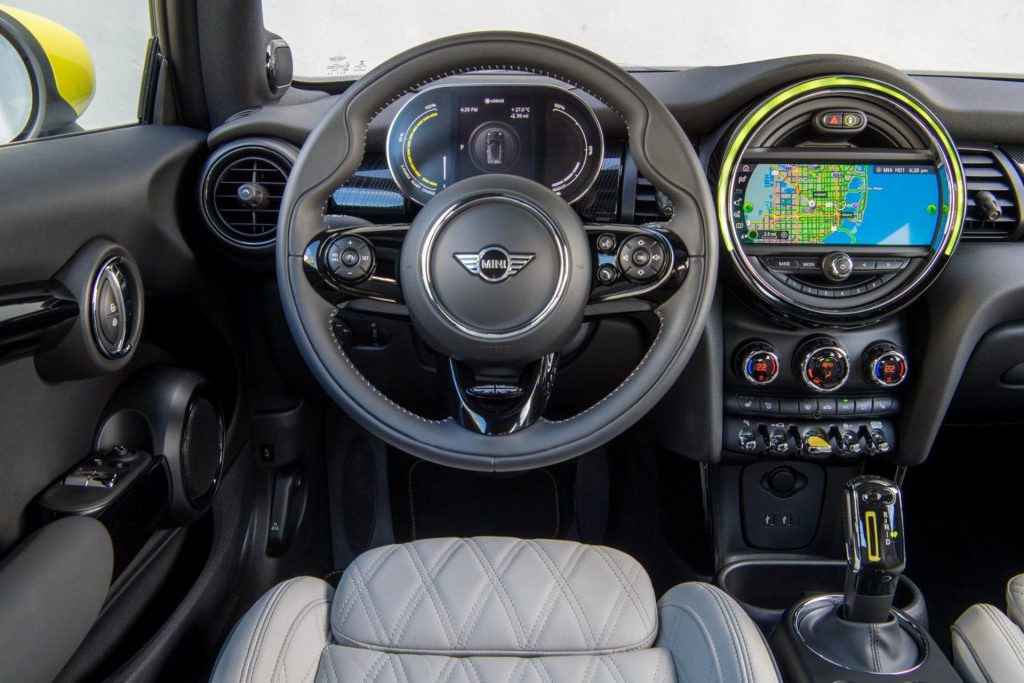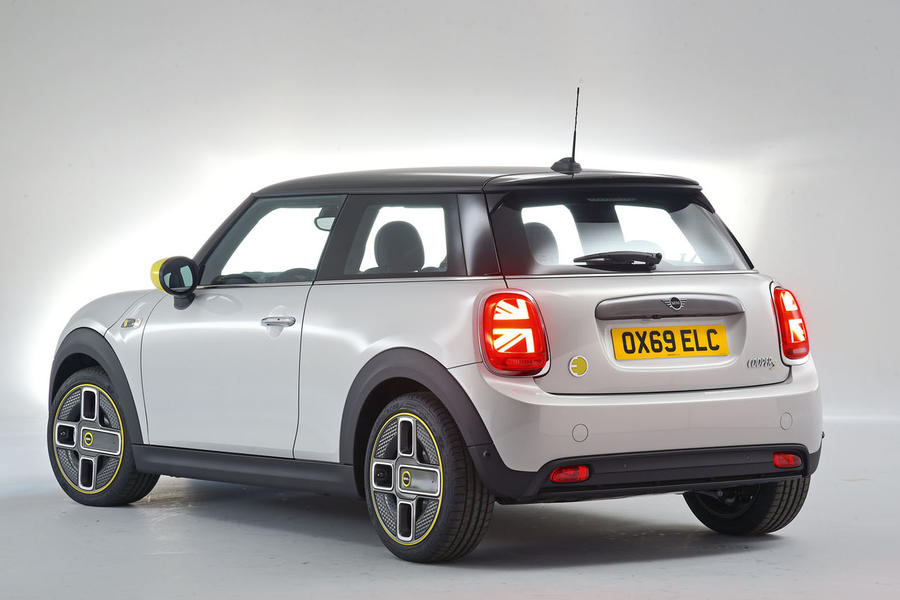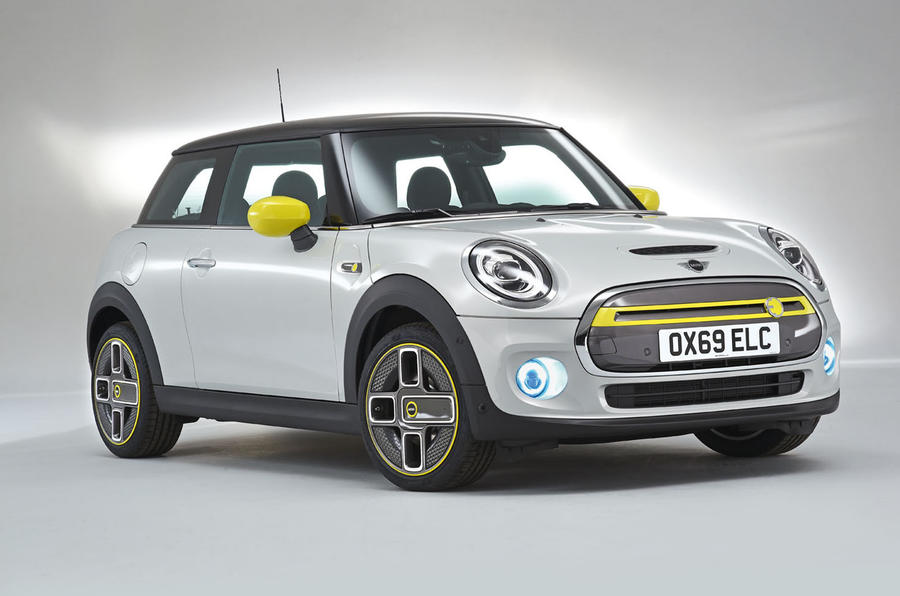By Shari Prymak
Back in 2008, well before Teslas dominated the roads, Mini tested the electric vehicle market with a limited production, lease-only, science project called the Mini-E. Although it had a limited range and a massive battery pack consuming most of the interior, the Mini-E served as a valuable test bed, paving the way for future electrified vehicles from the BMW and Mini brands. With over a decade of EV development under its belt, Mini is now well-positioned to embrace an electrified future, and first model to roll down that path is the 3-Door Cooper S E.
Aside from a few unique trim pieces, wheels, and colour options, the S E gives very little indication that it is an electrified Mini. The iconic design and funky interior from the standard Cooper remain intact. Although the cabin has a few ergonomic quirks, the main controls and infotainment system are very well designed and visually attractive. The digital gauge display, unique to the S E, has a neat e-reader look to it with clear high quality graphics. The materials and switchgear all have an upscale look and feel with excellent build quality. Being a small 3-door, interior space is quite limited, but it makes good use of what’s available. The passenger and cargo space are the same as the gas model thanks to the T-shaped battery pack mounted under the floor and rear seat.

The battery pack’s low, central positioning means that the S E has a lower centre of gravity and better weight distribution than any other Mini. The result is that the S E has a firmly planted and balanced feel with excellent handling performance. All Mini Coopers are agile and fun to drive, but the S E has an especially playful feel similar to energetic puppy dog. It’s just a blast to toss around corners and have some fun with. Brake energy regeneration means that one pedal driving is possible, but a toggle switch can reduce the level of regen for those who prefer coast and brake on their own.
The 181 horsepower electric motor provides plenty of punch with strong pull off the line. Sport mode helps to sharpen the acceleration with better responsiveness and a punchier mid-range. The power feels similar to that of a Cooper S only with turbine smoothness and total silent operation. The S E’s smallish 32 kWh battery pack helps keep the curb weight down and improve performance, but also contributes to the disappointing driving range. Unlike most competing EVs which are capable of 300-400 km of range, the Cooper S E can only manage up to 150 km on a charge. This means that range anxiety is a real issue and largely limits the S E’s usability to urban areas where chargers are more readily available.

In terms of pricing, the Cooper S E is quite reasonable when compared to its gas counterparts. There are three trim levels ranging in price from $39,990 to $47,990. The base Classic model includes a fairly comprehensive list of features so there is little need to move up to the pricier Premier and Premier + trim levels. The Cooper S E is also eligible for government electric vehicle incentives which could reduce the price below that of a comparable gas Cooper S. The pricing also significantly undercuts most competing electric vehicles, but they make up for it with much larger battery packs with significantly more driving range.
Even though the Mini Cooper S E does not have enough range to make it a practical choice for the average single car household, it is still attractive and appealing enough to make a fun second car or a short distance city runabout. Perhaps more significantly, the S E is proof that the brand could potentially have a bright future as an electric car maker. Mini’s have always been about fun, efficient, urban-centric transportation, so if ever there was a brand ideally suited to electrification, Mini is it.

